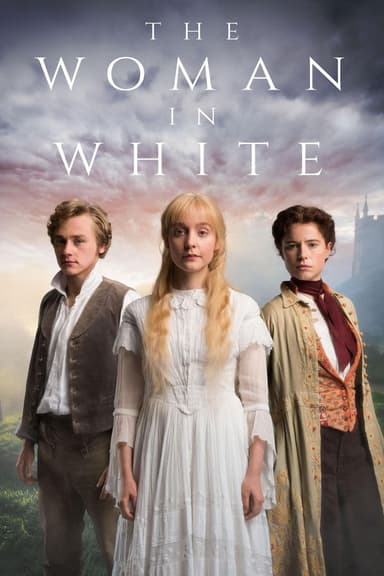
The Pale Horse
2020 • Mystery • TV-14
After a list of names is found in the shoe of a dead woman, one of the named people begins investigating and is drawn to the The Pale Horse, the home of a trio of rumored witches living in a small village. Word has it that the witches can do away with wealthy relatives using dark arts.
Why you should read the novel
Agatha Christie's 'The Pale Horse' is a masterful blend of mystery and the occult, taking readers deep into an intricate plot where rationality is constantly pitted against superstition. The novel is celebrated for its complex characters, unexpected twists, and clever clues—hallmarks of Christie's writing that immerse readers in the mind of investigator Mark Easterbrook as he seeks the truth behind a string of unexplained deaths. By reading the book, you experience every nuance of the case, piecing together the mystery alongside the protagonist without the filter of adaptation.
Beyond the whodunit puzzle, the book explores deeper themes about fear, the allure of the supernatural, and the dangers of unchecked rumors, often reflecting broader social anxieties of the era. Christie's witty prose and keen observations create a vivid portrait of British society, with the narrative shifting seamlessly between dark rural settings and bustling London streets. These subtleties are sometimes lost in a condensed on-screen retelling.
Choosing to read 'The Pale Horse' instead of watching its TV adaptation offers a more immersive, intellectually stimulating, and subtly humorous experience, honoring the legacy of one of crime fiction’s greatest authors. You’ll appreciate how Christie crafts suspense with measured pacing, rich detail, and a distinct sense of place, making the book a rewarding and unforgettable read.
Adaptation differences
One of the main differences between the TV adaptation and Agatha Christie’s original novel lies in the protagonist. The book follows Mark Easterbrook, an intelligent yet relatively unbiased outsider, whereas the series centers on Mark as a notably darker, more tormented character with a complicated past. This change significantly alters viewers’ perception of his motivations and the mystery’s emotional tone.
The adaptation also shifts the story’s era: although the book is set in 1960s Britain, the TV version amplifies the era’s bleakness and social anxieties, delving deeper into themes of paranoia, guilt, and psychological unrest. The stylized approach of the series adds a layer of surrealism largely absent from Christie’s subtly supernatural and primarily rational novel.
Character changes abound. Certain book characters are omitted, given different backstories, or combined for dramatic effect. For example, the TV version introduces or develops subplots (such as Mark’s troubled relationship or a tragic backstory) that do not exist in Christie’s work. The roles of the trio of witches and their motives are also expanded and made far more ambiguous in the series.
Perhaps the largest divergence comes in the resolution of the central mystery. Christie’s novel leads to a logical, tightly woven solution that debunks the supernatural, typical of her rational detective fiction. In contrast, the adaptation embraces ambiguity, leaving viewers questioning what’s real, which changes both the tone and message of the story. This shift may leave fans of the novel’s classic deductive ending unsatisfied, but it does generate discussion about fate, guilt, and the limits of reason.
The Pale Horse inspired from
The Pale Horse
by Agatha Christie














